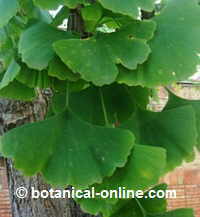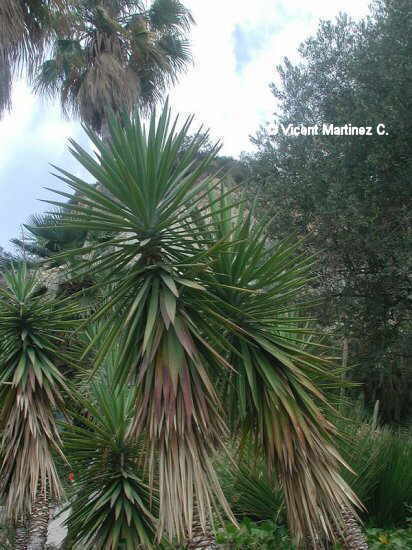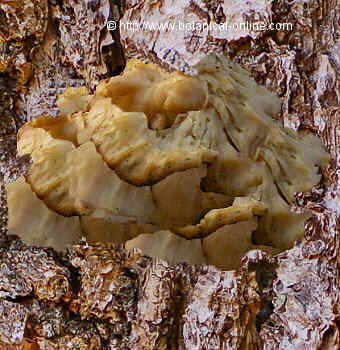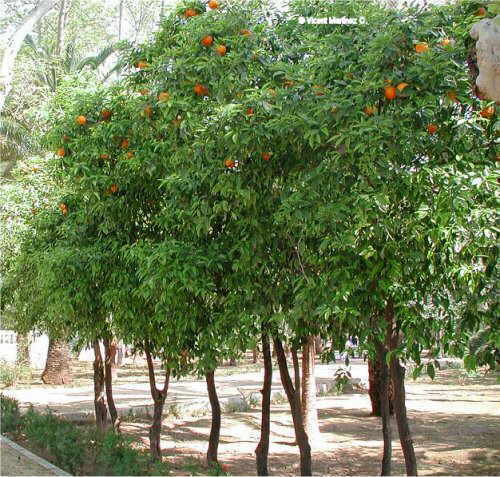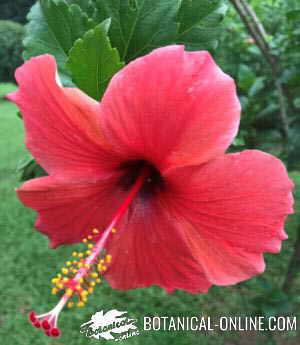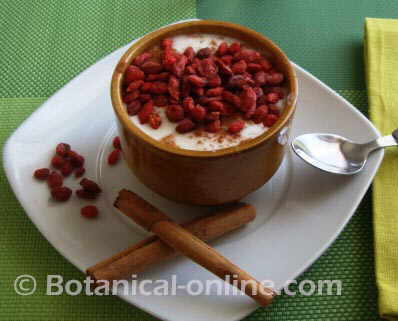Contents
Characteristics of biennial plants
What are biennial plants?
Biennial plants are those herbs that develop along two seasons or vegetative periods. In the first season, plant growth occurs, and in the second season, flowers, fruits and seeds appear.
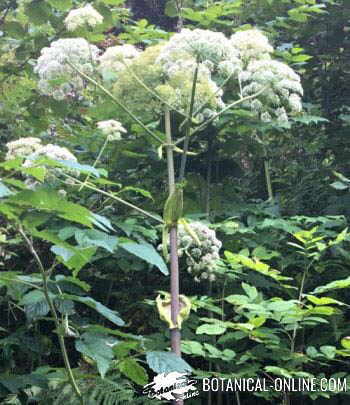
Types of biennial plants
We can group the biennial plants in groups according to their use. We have to bear in mind that some of them can be used for various purposes.
- Seasonal flowers
- Foods
- Wild herbs
Biennial plants with seasonal flowers
A few flowers used in gardening are biennial plants, however, some of them, are actually perennial in their place of origin or when they are grown in sites that present similar climatic conditions to those of their area of origin.
Such is the case of pansies (Viola ssp.) or foxgloves (Digitalis ssp.), Which, in fact, are perennial when they grow or are cultivated in their area of origin, whereas, when they are cultivated in other colder sites, they are biennials.
Food that comes from biennial plants
Some vegetables are obtained from biennial plants. Such is the case, for example, of cabbage (Brassica oleracea). It is during the first year when the leaves of their basal rosette develop, which is precisely the edible part that is used as food. If it is not pulled out of the ground, in the second season it develops a vertical stem from which their yellow flowers grow.
Wild herbs that come from biennial plants
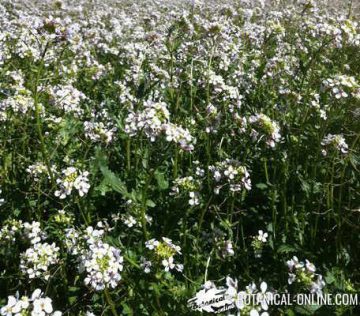
Although this group of herbs is not as common as annual herbs, it contains species that are particularly prevalent in cultivated fields, such as thistles (Cirsium sp.) or white rocket (Diplotaxis erucoides). The latter can have an annual or biennial development.
The resistance capacity of this type of plants, similarly to annual plants, is based on the enormous production of seeds. Biennial thistles produce an average of about 20,000 seeds per plant.
How to know if a plant is biennial?
The best way to make sure is to consult a botanical guide, a garden guide or indoor plants, a flower guide, on the internet, etc. In this type of documentation, a series of characteristics of the specific species will be specified (life cycle, flowering season, physical characteristics, drawing or photography, etc.).
Even the scientific name of a plant can help us. Thus, if a plant is called “biennis” we will know that it is a biennial species, since biennis means “two years”. Other times, it is in opposition to other adjectives that mean the opposite that we can deduce that it is not a biennial plant. Such is the case of those that are called “perennis“, which means “perennial”, or “annua / annuus” which is used for those plants that are annuals (Swertia perennis, Jasione perennis, Lupinus perennis, Bellis perennis, Mercurialis perennis, Lathyrus annuus, Adonis annua, Artemisia annua, Bellis annua, Mercurialis annua, Lunaria annua, Helianthus annuus, etc).
List with the main biennial plants
The number of biennial plants is smaller than that of perennials or annuals. However we can find some very common in flower shops or in cultivated fields.
- Yellow horned-poppy (Glaucium flavum) &
- Biennial hollyhock (Alcea biennis) &
- Hoary stock (Matthiola incana) + *
- Biennial wormwood (Artemisia biennis)
- Burdock (Arctium spp.) &
- Garden anchusa (Anchusa azurea) &
- Italian bellflower (Campanula isophylla) + *
- Canterbury bells (Campanula medium) &
- Wild teasel (Dipsacus fullonum) &
- Spear thistle (Cirsium vulgare) &
- Milk thistle (Silybum marianum) &
- Cabbage (Brassica oleracea) &
- Rough Hawksbeard (Crepis biennis) &
- Foxglover (Digitalis spp.) + *
- Mullein (Verbascum pulverulentum / Verbascum thapsus) &
- Narrowleaf flax (Linum bienne) &
- Blue wood lettuce (Lactuca biennis)
- Money plant (Lunaria biennis) &
- Common evening-primrose (Oenothera biennis) &
- Wild pansy (Viola tricolor) + *
- Biennial cinquefoil (Potentilla biennis)
- White rocket (Diplotaxis erucoides) &
- Rampion (Campanula rapúnculus) &
- Blueweed (Echium vulgare) &
- Vicia biennis &
Legend:
* Can be grown as a biennial.
+ Perennial in its place of origin.
& Biennial in its place of origin
![]() More information on plant characteristics and types
More information on plant characteristics and types


